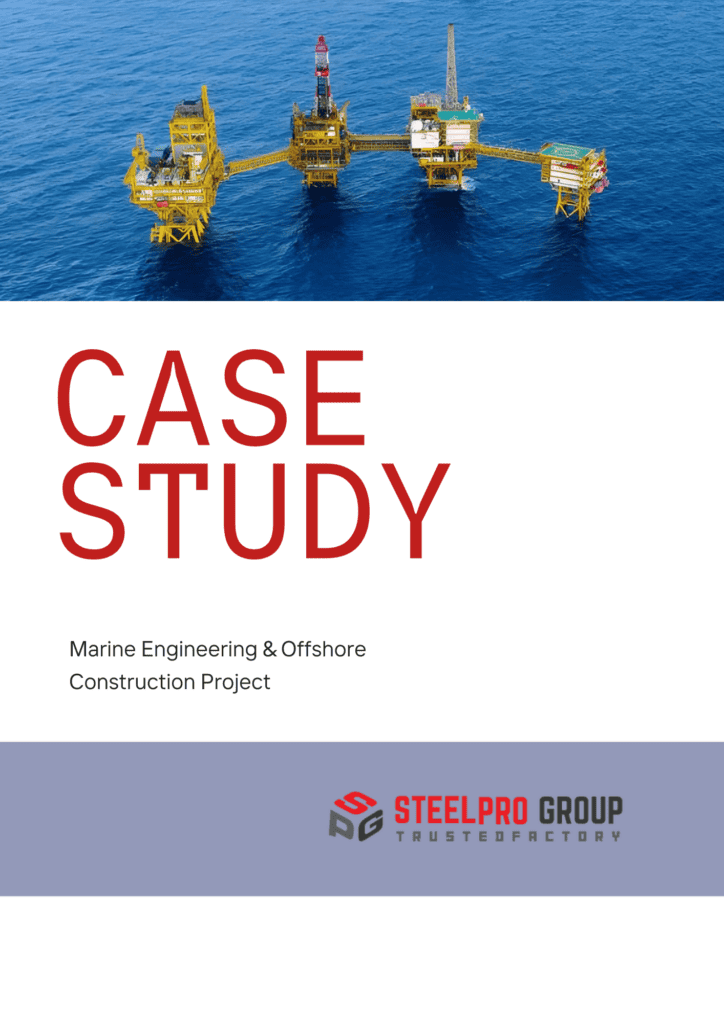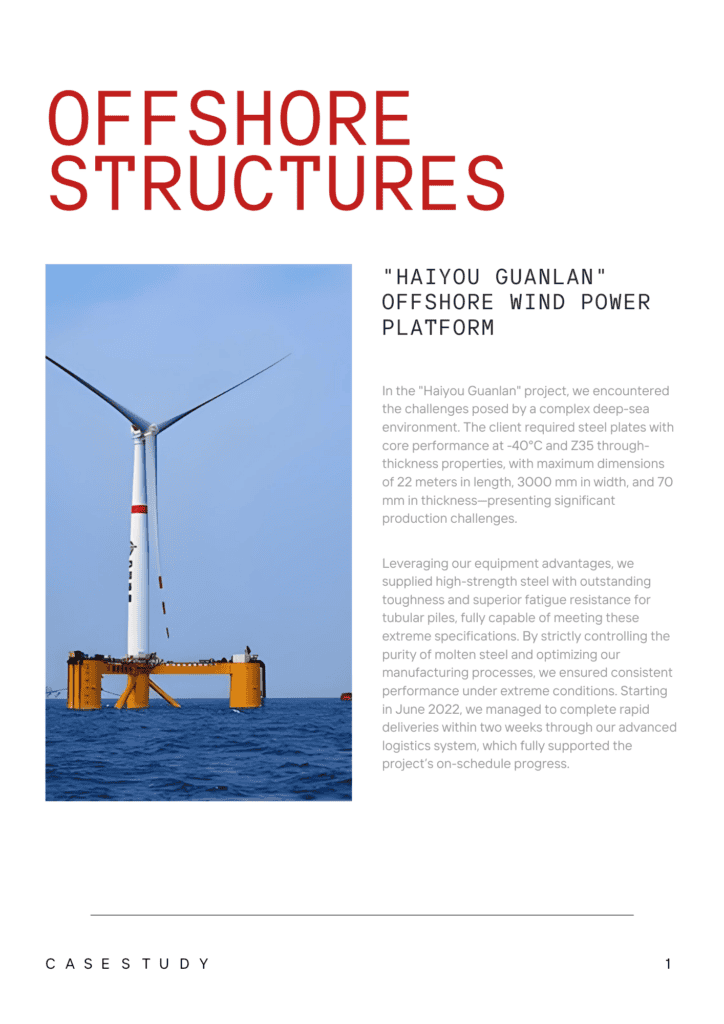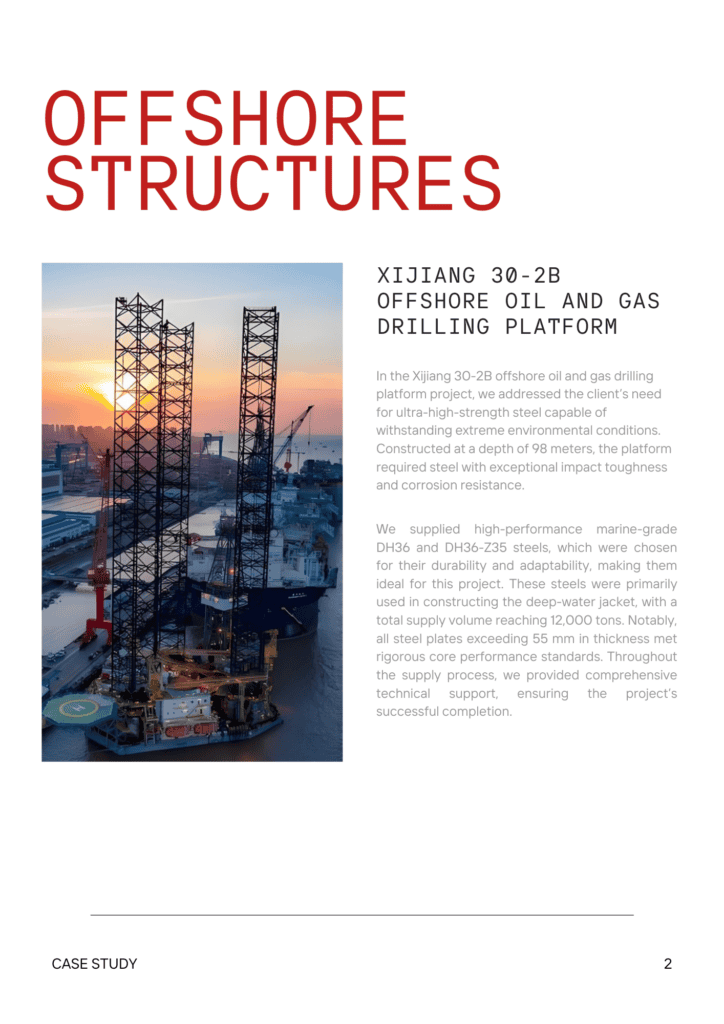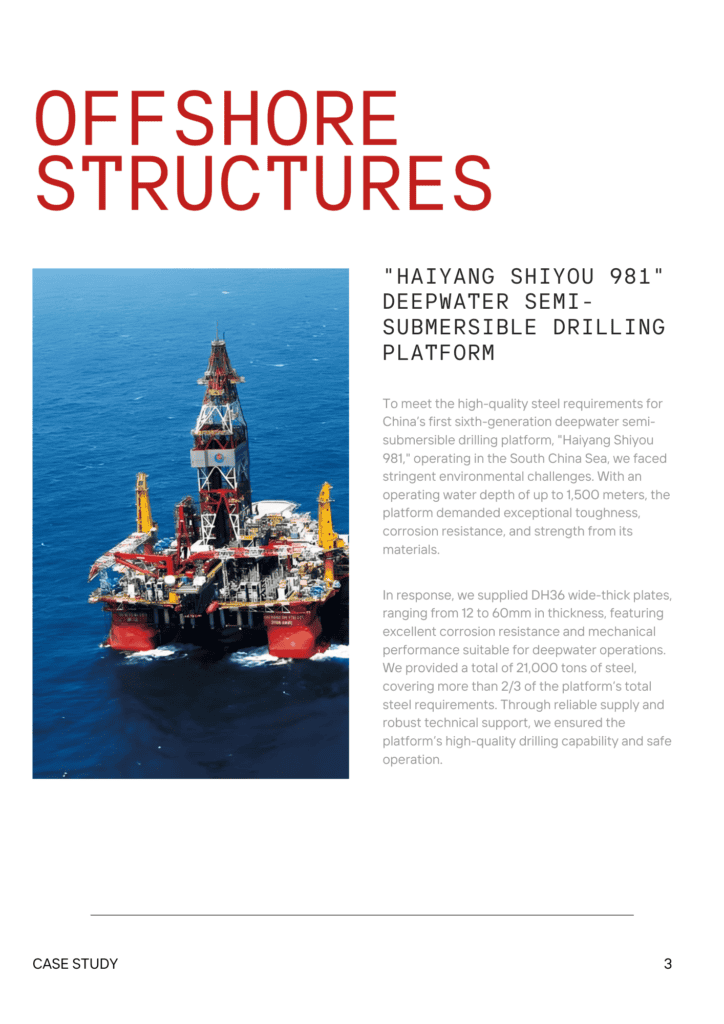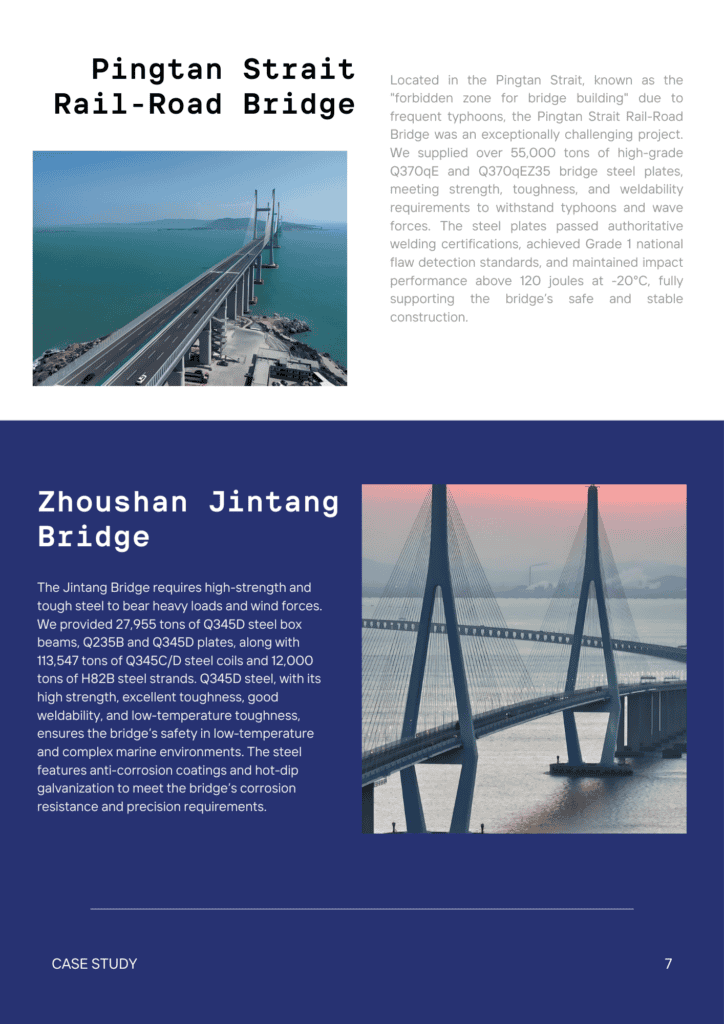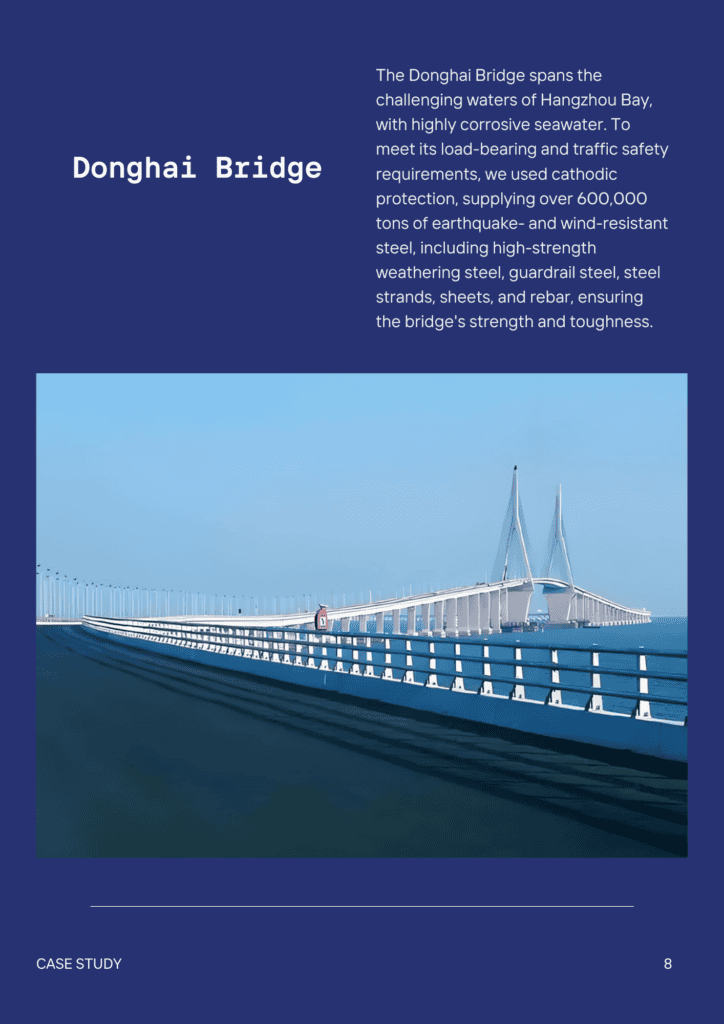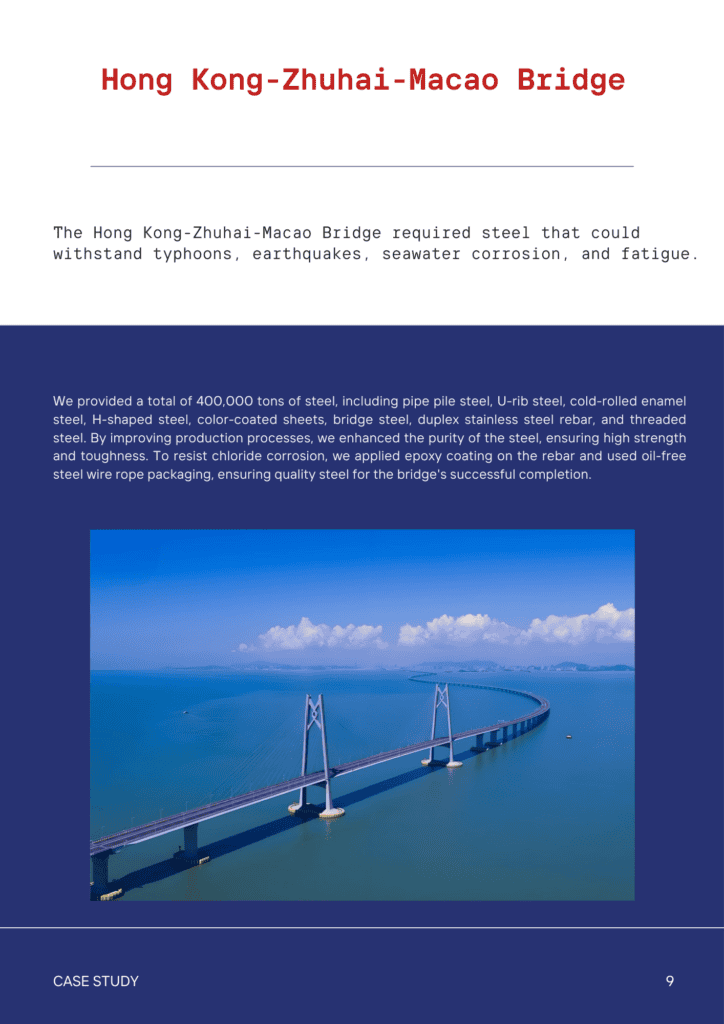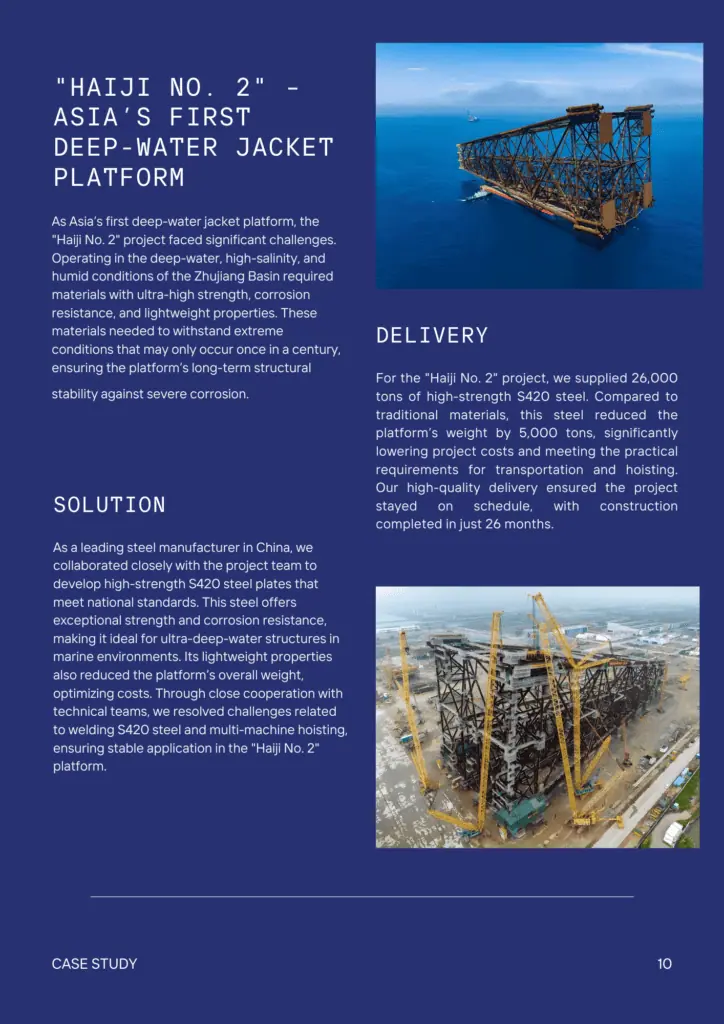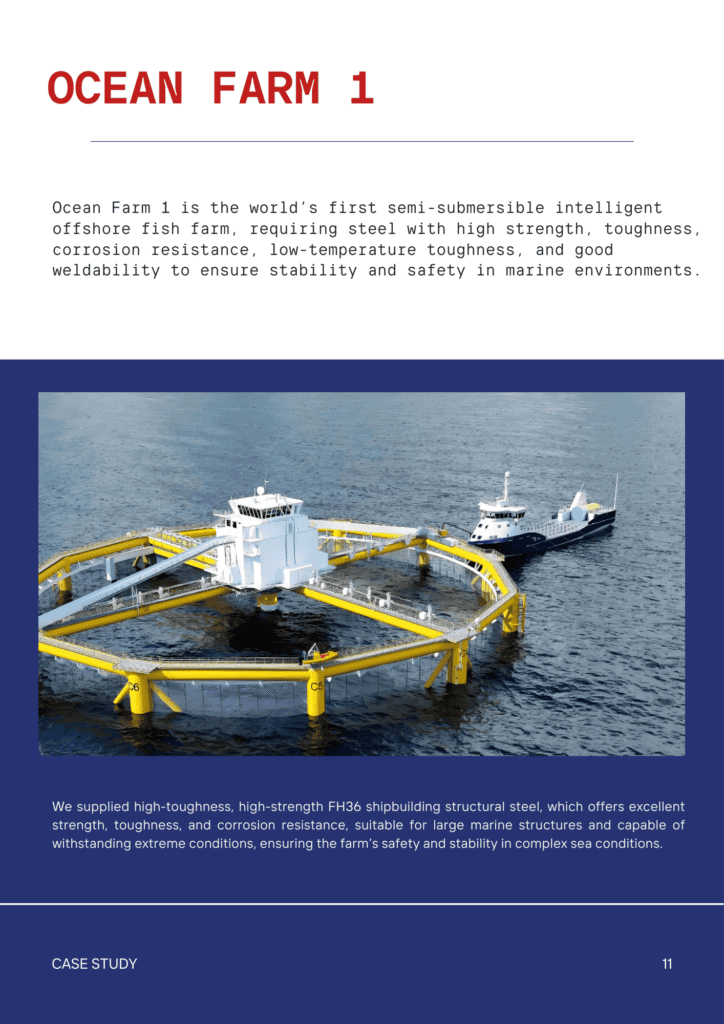Contents
Black Carbon Steel Guide
- John

Carbon steel is typically strong. Its tensile strength ranges from 400 MPa to 1,200 MPa, depending on the carbon content and heat treatment.
SteelPro Group provides a wide range of carbon steel strengths to customers across different countries. We also offer various customization options for your specific project. Next, we’ll break down what makes carbon steel so durable and offer expert advice on how to choose the right carbon steel grade for your projects.
What Is Black Carbon Steel?
Black carbon steel is a medium-alloy, air-hardening steel known for dimensional stability, toughness, and moderate wear resistance. Black carbon steel is used for blanking dies, forming tools, and plastic molds, where precision and thermal fatigue resistance are critical. Hardened black carbon steel achieves 61-62 HRC, with greater toughness than wear-resistant alloys like D2.
SteelPro Group provides black carbon steel, equivalent to UNS T30106 and conforming to ASTM A681 standards. Common forms include black carbon steel round pipes, tubes and plates.
Black Carbon Steel Mechanical Properties
The table below outlines the specific mechanical properties for reference.
| Property | Value (Metric) | Value (Imperial) |
| Hardness (Rockwell C) | 61 – 62 | 61 – 62 |
| Elastic Modulus | 200 GPa | 29000 ksi |
| Bulk Modulus | 160 GPa | 23200 ksi |
| Shear Modulus | 77.0 GPa | 11200 ksi |
| Poisson’s Ratio | 0.3 | 0.3 |
| Machinability | 65 % | 65 % |
Black Carbon Steel Physical Properties
The table below summarizes its key physical properties for reference.
| Property | Value (Metric) | Value (Imperial) |
| Density | 7.83 g/cm³ | 0.283 lb/in³ |
| Specific Gravity | 7.83 | 7.83 |
| Modulus of Elasticity | 207 GPa | 30 x 10³ ksi |
| Thermal Expansion Coefficient | 11.5 x 10⁻⁶ /°C (20-100°C) | 6.39 x 10⁻⁶ /°F (68-212°F) |
| Thermal Conductivity | 24.9 W/m·K | 172.7 BTU·in/ft²·h·°F |
| Specific Heat Capacity | 460 J/kg·K | 0.11 BTU/lb·°F |
| Electrical Resistivity | 0.00065 Ω·cm | 25.6 μΩ·in |
Black Carbon Steel Applications
Black carbon steel is widely used across various industries due to its strength, durability, and affordability. Here are some of the most common applications:
1. Construction and Infrastructure
Black carbon steel is frequently used in the construction of buildings, bridges, and support structures. Its high tensile strength makes it ideal for frameworks, rebar, and load-bearing components.
2. Pipeline and Plumbing Systems
Due to its resistance to pressure and mechanical stress, black carbon steel is often found in water, gas, and oil pipelines. It’s especially popular in industrial settings where high strength and reliability are essential.
3. Automotive Industry
Many vehicle components, such as chassis, axles, and frames, are made from black carbon steel. It provides the structural integrity required for both passenger and commercial vehicles.
4. Manufacturing and Heavy Equipment
Machinery parts, industrial tools, and equipment housings often use black carbon steel because it can withstand wear and tear under harsh operating conditions.
5. Agricultural Equipment
From plows to tractor components, black carbon steel plays a key role in farming tools and machinery, where durability and impact resistance are vital.
6. Shipbuilding and Marine Applications
Its strength and cost-effectiveness make black carbon steel a preferred material for constructing ship hulls and other marine components, especially when corrosion protection is added.
7. Fencing and Guardrails
Black carbon steel is commonly used in outdoor structures like fences, gates, and highway guardrails, where its robustness is a major advantage.
Black Carbon Steel Fabrication And Heat Treatment
Heat treatment tailors black carbon steel’s hardness, toughness, and stability for demanding applications like precision tools and wear-resistant components.
At SteelPro Group, we supply black carbon steel in annealed, pre-hardened, or fully treated conditions, ready to meet your specific requirements. Below is a detailed guide to its heat treatment process.
Forging
black carbon steel should be forged at a temperature range of 900-1150°C (1650-2100°F). Annealing is mandatory after forging because forging introduces internal stresses and irregular grain structures that can compromise mechanical properties.
Annealing
Annealing is required after hot working or prior to re-hardening to restore ductility and optimize machinability. The hardness after this process typically ranges between 197-229 HB.
The temperature should be maintained at 800-850°C (1475-1560°F). Once at the target temperature, soak the steel for 1 hour per 25.4 mm (1 inch) of thickness to ensure the core and surface reach uniform conditions. After soaking, cool the steel in a furnace at a controlled rate of 15-20°C (27-36°F) per hour until it reaches approximately 650°C (1200°F). From this point, allow the steel to air cool to room temperature.
Hardening
- Austenitizing
Heat the steel to 815-870°C (1500-1600°F). Hold the steel at this temperature for 30 minutes per 25.4 mm (1 inch) of thickness to ensure thorough transformation.
- Quenching
Thin sections (<25.4 mm or 1 inch) should be air-quenched at approximately 800°C (1475°F). Thicker sections (≥25.4 mm or 1 inch) may require oil quenching starting at 815-870°C (1500-1600°F) for adequate cooling rates. The choice of quenching medium helps prevent cracking while achieving sufficient hardness.
Tempering
Tempering is performed immediately after quenching to reduce brittleness and improve toughness. The steel should be heated to the desired tempering temperature and held for 1 hour per 25.4 mm (1 inch) of thickness.
The optimal tempering range for balancing hardness and toughness is 150-315°C (300-600°F). This range is suitable for most applications requiring moderate toughness and wear resistance. For applications demanding higher toughness, tempering at 425-540°C (797-1000°F) can be used, though this reduces hardness slightly.
| Temperature (°C) | Temperature (°F) | Hardness (HRC) |
| 95 | 203 | 61 – 62 |
| 150 | 302 | 60 – 61 |
| 205 | 401 | 58 – 59 |
| 260 | 500 | 56 – 57 |
| 315 | 599 | 55 – 56 |
| 425 | 797 | 52 – 53 |
| 480 | 896 | 50 – 51 |
| 540 | 1004 | 48 – 49 |
Optimizing Black Carbon Steel
black carbon steel can undergo cryogenic treatment after quenching or extended tempering cycles during heat treatment to enhance performance for specific applications.
- Cryogenic Treatment: Converts retained austenite at -196°C (-320°F), improving wear resistance and dimensional stability. Ideal for precision tools.
- Extended Tempering: Multiple tempering cycles reduce austenite and improve hardness, offering a cost-effective alternative.
Elevating Your Black Carbon Steel Experience
At SteelPro Group, we don’t just provide materials—we deliver solutions. From bars and plates to sheets and rounds, our black carbon steel products are crafted to meet the highest industry standards.
We don’t stop at providing raw materials. Our comprehensive processing services are designed to help you maximize the potential of black carbon steel for your applications, including heat treatment, custom machining, surface grinding and polishing
With SteelPro Group, you don’t just get black carbon steel—you get a partner committed to your success.



